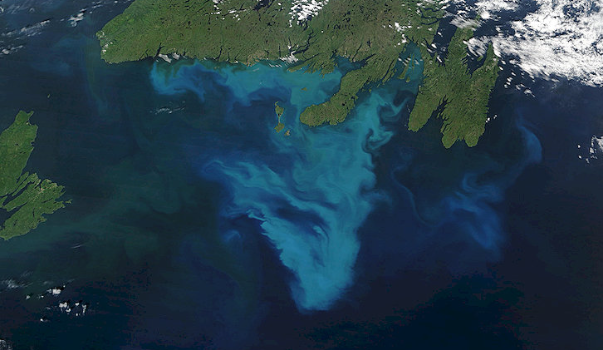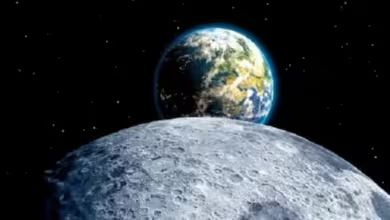50% of the Earth’s oxygen is produced by sources other than plants: all you need to know
Although the ocean produces about 50% of the Earth’s oxygen, a similar proportion is consumed by marine life and other organisms.

You might be surprised to know that there is another source of oxygen other than plants and trees. Although plants are the main source of oxygen, 50% of the oxygen on Earth comes from oceans. This oxygen is produced by the oceanic Phytoplankton-floating plants, algae, and some bacteria that can photosynthesize.
Although these Phytoplankton are too small and can’t be seen through the naked eye, when many Phytoplankton clump together they look like green ocean slime.
Scientists revealed that it is difficult to calculate the exact amount of oxygen produced by the ocean as the amount is constantly changing. They used satellite images to observe the plankton, tiny plants in the ocean that produce oxygen through photosynthesis.
The amount of plankton changes with the seasons depending on factors like nutrients and temperature in the water. Studies have found that oxygen levels in some areas can change throughout the day with the tides.
Although the ocean produces about 50% of the Earth’s oxygen, a similar proportion is consumed by marine life and other organisms, including land animals, for respiration. Plants and animals not only use oxygen as a source of energy while they are alive but also consume it during the decomposition process after they decay.
While oxygen is present in the atmosphere, the majority originates from land sources. This becomes problematic during algal blooms. When these blooms die, the decomposition process can deplete oxygen more quickly than it can be replenished, leading to areas with extremely low oxygen levels, known as hypoxic zones or dead zones, where most marine life struggles to survive. NOAA’s National Centers for Coastal Ocean Science researches to understand algal blooms and hypoxia, aiming to protect both the ocean ecosystem and the human environment.
What are Phytoplanktons?
Phytoplankton are tiny organisms that live in the ocean and are essential to the ocean ecosystem. These microscopic plants use photosynthesis to produce oxygen and carbohydrates.
They are made up of two types: photosynthetic bacteria, which are incredibly abundant and make up about half of the ocean’s primary productivity, and second is single-celled algae-like diatoms, which are more complex and often found near coastlines. Phytoplankton serve as the foundation of the aquatic food web, providing nourishment for zooplankton, small fish, and various invertebrates.
They also play a crucial role in the global carbon cycle by absorbing carbon dioxide from the atmosphere and releasing oxygen into both the ocean and air. When they die, some of the carbon they’ve captured sinks to the ocean floor, becoming food for deeper sea animals. In short, phytoplankton are not just tiny plants; they are vital to the health of our oceans and the planet.



